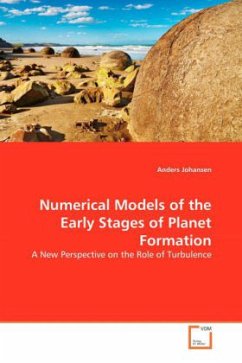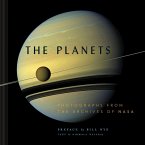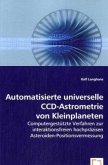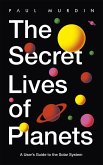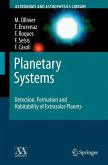In the earliest stages of planet formation micrometer-sized dust grains collide and gradually build up kilometer-sized {\\em planetesimals}, bodiesthat are so large that they can attract each other directly by gravity. This is an important landmark on the way to real planets because of the change togravity-dominated growth.The road from boulders to planetesimals is however poorly known. Boulders have poor sticking properties and spiral into the young star due to the head wind from the slower rotating gas.This work presents the first detailed computer simulations of the motion of dust and boulders in turbulent protoplanetary discs. The turbulent diffusion coefficient of small dust grains is measured to be surprisingly high, whereas larger boulders concentrate by up to two orders of magnitude in transient high pressure regions that arise spontaneously in magnetorotational turbulence. The coupled motion of boulders and gas is found to be linearly unstable to the so-called streaming instability, leading to a turbulent state that is characterised by dense clumps of boulders that shield each other against the head wind of the gas.
Bitte wählen Sie Ihr Anliegen aus.
Rechnungen
Retourenschein anfordern
Bestellstatus
Storno

